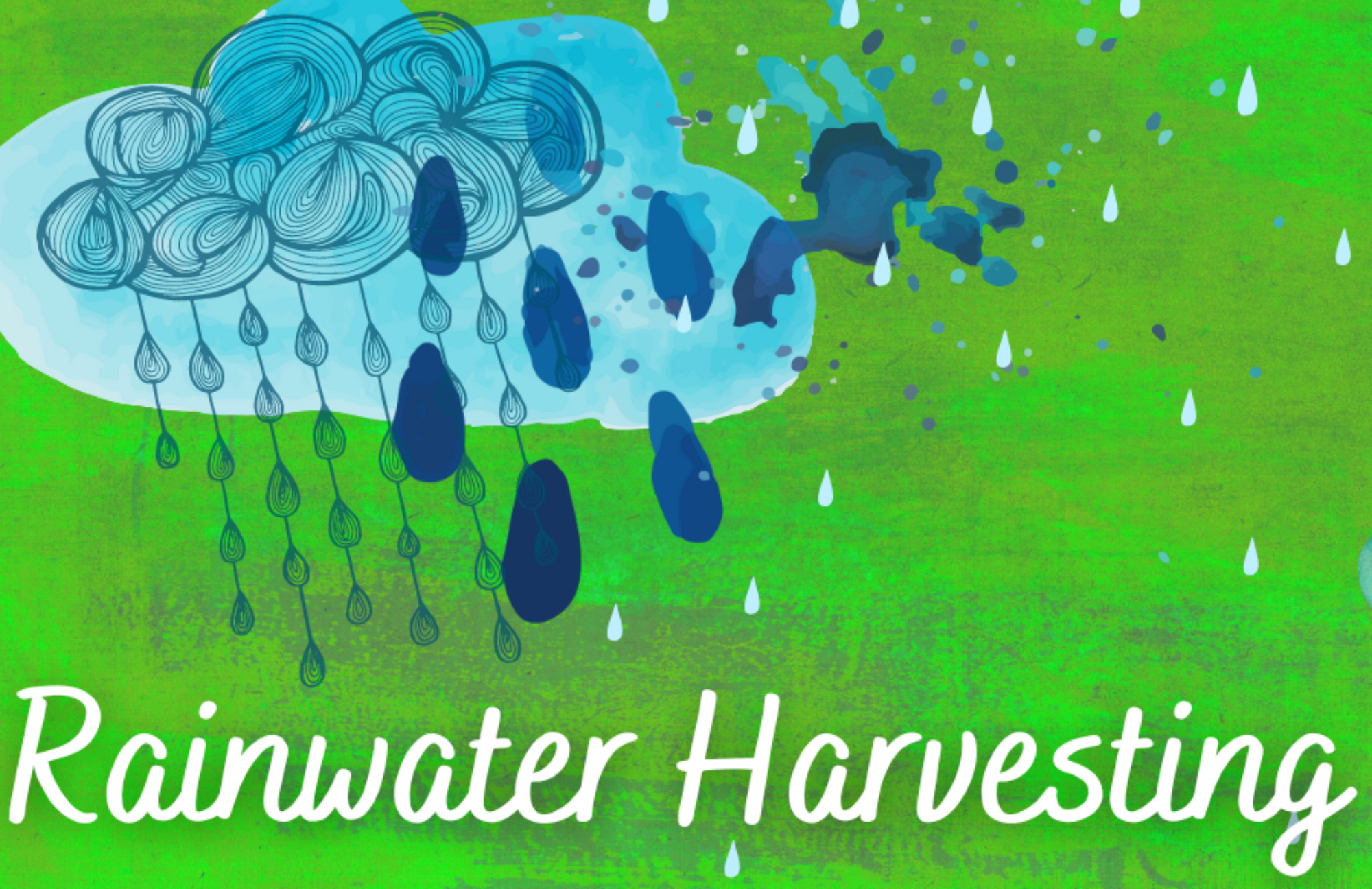Healthy Streams, Healthy Lakes
What is a watershed?
Map of SSI Watersheds
Everyone lives in a watershed – an area of land that drains all streams and rainfall to a common outlet.
Some watersheds empty directly to the ocean, while others empty to a lake basin, which, in turn empties into the ocean.
Film: Learn about freshwater in watersheds on Salt Spring Island in this beautiful short film produced by the Water Preservation Society in partnership with Stqeeye’ Learning Society, youth, and others.
Water quality in a lake depends partly on the rate and content of stream water that flows into that lake.
What “upstream” human activities and climate factors may be impacting lake water quality on Salt Spring Island?
- incorrect land application or disposal of persistent chemicals e.g. certain pesticides, paint, petroleum-based fuels, cleaning solutions
- water runoff and streamflow can pick up sediment, and/or nutrients from unprocessed animal manures, especially in the extreme rainfall events that punctuate climate change impacts in our region
- vegetation or tree removal
- digging, construction, soil removal
- soil particles carry nutrients
- more intense rainfall removes more soil
- nutrient sediments build up and turnover once per year creating high phosphorus, nitrogen, iron and other nutrient concentrations in the lake over the winter which can contribute to growth of algae, cyanobacteria and aquatic plants
- nutrients also get deposited as particulate matter from the atmosphere, birds, etc.
Stream Stewardship
How can you help reduce pollution and also reduce algae and cyanobacteria contaminants in drinking water lakes?
- Manage soil erosion where you live:
- No exposed soil
- Trim but keep happy vegetation in your ditches
- Keep culverts free of debris
- Avoid all construction, soil or vegetation removal within 30m of any watercourse where you live following the
Riparian Areas Protection Regulation
- Learn to monitor flow, temperature, and more! Collect data using a handy digital App with other volunteers in the Freshwater Catalogue Project
- Refer to the Freshwater Catalogue Map
The St. Mary Lake Example
- The phosphorus content and amount in St Mary Lake changes over a year and from year-to-year.
- Phosphorus is not increasing year after year in St. Mary Lake, according to the 40-year record of lake water phosphorus concentration.
- Phosphorus loading from septic systems is minimal if the system is functioning properly
- Bird populations only add minimal phosphorus to St. Mary Lake.
- The largest contribution of phosphorus to St. Mary Lake is from the annual, naturally-occurring sediment mixing period in November.

